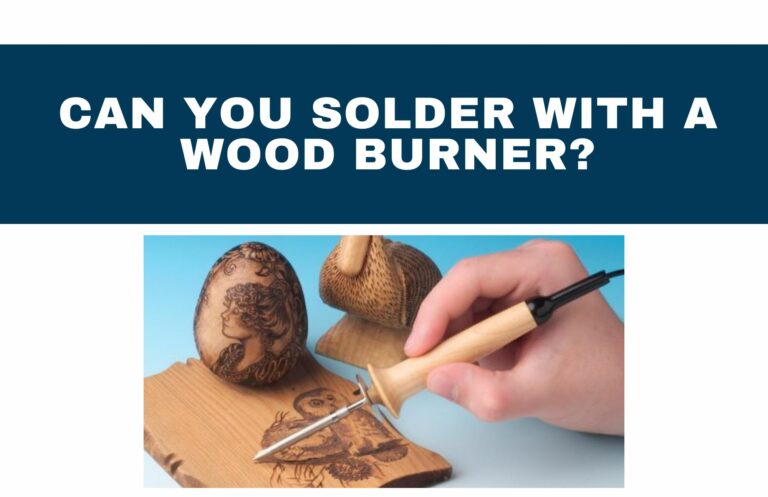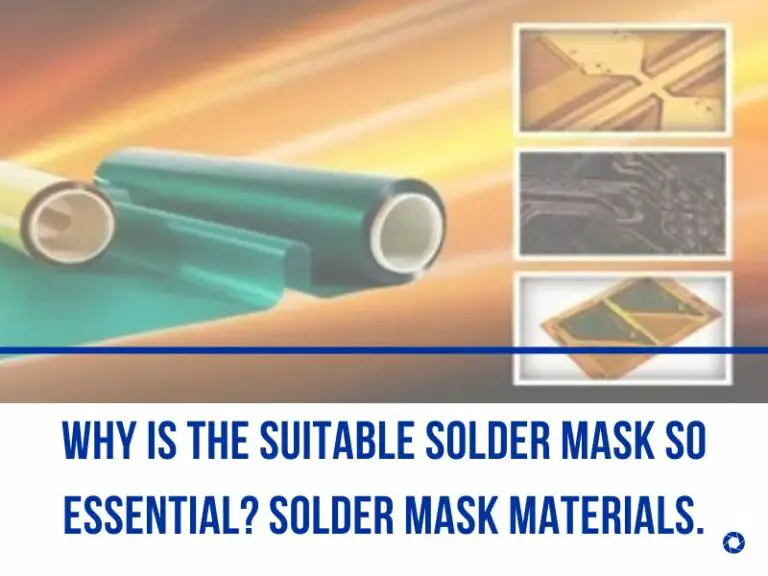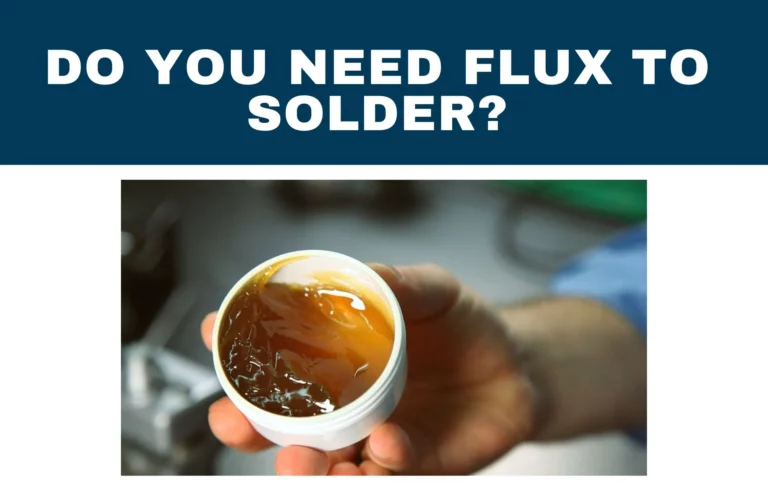How Hot Does Soldering Iron Get?
200 to 480 °C (392 to 896 °F) is the temperature range that soldering irons are made to reach. In electronics assembly, soldering irons are most frequently used for installation, maintenance, and a small amount of production work. Other soldering techniques are used on high-volume production lines.
In this article, we discuss the soldering irons focusing on their temperature when melted. So stick around until the end to find out what you’ve been looking for.
What factors affect the temperature of solder in soldering?
The metals combine to form a hot eutectic when the solder is heated, wetting the surface of a pad (for surface-mount components) or vias.
During wetting, the molten solder is drawn into a convex “fillet” shape along the component’s edge by the surface tension of the material, and the solder cools once the heat source is removed.
The eutectic will not be properly blended and will harden as a cold junction, or, to put it another way, the strength of the solder joint won’t hold, if the solder temperature is too low during heating.
Solder alloys are not all made equal.
In the past, tin-lead solder combinations were utilized widely. Approximately 180–190 °C, which is close to or above the glass transition temperature for many PCB laminates, is the melting point of these solder combinations.
The industry is transitioning away from lead and toward lead-free solder in compliance with the EU’s Restriction of Hazardous Substances in Electrical and Electronic Equipment (RoHS) Directive since lead has certain negative impacts on our health.
Lead-free and silver alloy solders melt at temperatures that are substantially higher (about 220 °C and 450 °C, respectively).
How to choose the correct soldering iron temperature?
As was previously stated, the soldering iron’s temperature needs to be higher than the solder’s melting point.
If your soldering iron has adjustable temperature settings, you can choose a maximum temperature that is higher than the melting point of the solder.
Additionally, you need to think about the impact of the iron and the size of the tip. High-effect and large-tipped soldering irons use less energy to melt the solder.
For instance, an alloy with a melting point of 1900C can be melted using a high-effect soldering iron with a big tip at just 2500C. However, a low-effect iron with a small tip needs to be heated to 4000C in order to melt the same alloy.
Why does soldering iron not melt solder?

Does the iron heat up? If not, the iron is the issue. To troubleshoot, consult your user handbook, or buy a different iron. Considering the iron IS warming up:
- Not enough heat is being generated.
- Too high a melting point for solder.
- Iron tip with excessive oxidation.
The junction cannot be heated to the solder melting temperature due to insufficient power or tip surface area.
How hot does a 60W solder iron get?
A soldering iron runs on 60W and 110V, usually has five temperature settings: 280°C, 330°C, 380°C, 430°C, and 480°C. Some irons have an on/off button and are very simple to operate, so you can keep it plugged in on your workstation stand for convenient access.
Each variable-temperature soldering iron comes with a 130cm (51″) power cord with a type B socket. Additionally, the metal cylinder may be easily unscrewed (while COOL) to reveal the soldering tip, giving your new iron a variety of possibilities.
Can you solder too hot?

Anywhere between 500 and 600 degrees Fahrenheit is the ideal range for a soldering iron. This figure may change depending on the soldering project. You might need to modify the temperature of your soldering iron depending on the circumstances.
You can raise the temperature after you’ve reached that baseline. The materials you are soldering will determine the ideal temperature for your soldering iron. The optimal temperatures for a few typical soldering activities are listed below:
- 600 to 650 degrees Fahrenheit for metal.
- 700 to 800 degrees Fahrenheit for glass.
- 660 to 750 degrees Fahrenheit for wires.
The temperature of soldering iron has a standard range. But keep in mind that the precise temperature depends on the materials you are utilizing. Finding the ideal range is crucial because problems can arise if your soldering iron is too hot.
How hot is too hot for a soldering iron?
Just practice on a scrap piece of metal before starting your project. Use the method indicated above to accomplish this. Check to see if your soldering iron’s temperature is higher than 400°C as a general rule of thumb.
Does Solder Conduct Electricity?
rlc talk
How to protect the solder tip while soldering in high temperatures?
What truly happens when you solder something is that the solder dissolves some of the metal on the surfaces you are soldering. This is what enables the solder to form a strong mechanical and even electrical connection. The flux removes oxides from the metal surface you are soldering to, allowing the molten alloy to dissolve the metal properly and create a strong bond.
- I use lead-free solder and a temperature-controlled soldering iron. However, I usually set the tip temperature for lead/tin solder at 340°C (around 645°F). 700°F or greater is more like 370°C for lead-free.
- That appears to be covered in carbon. If you remove the carbon [assuming that’s what it is] using fine-grit sandpaper, you might be able to recover the tip.
- You should consider yourself lucky if doing so reveals a gleaming surface. Warm up the tip and get ready to melt the solder onto it so that it is completely covered. It might be beneficial to dip the tip once or twice into a tin of solder paste.
Some related FAQs.
Can you solder without flux?
Can you damage a circuit board with a soldering iron?
I like to keep a high-wattage iron on hand for when I don’t care as much about subjecting the material I’m working with too high temperatures and a low-wattage iron nearby for detail work.
Is a higher-watt soldering iron better?
Although soldering irons with higher wattages don’t necessarily produce more heat, they can heat for longer periods of time since they have more power stored in reserve.







